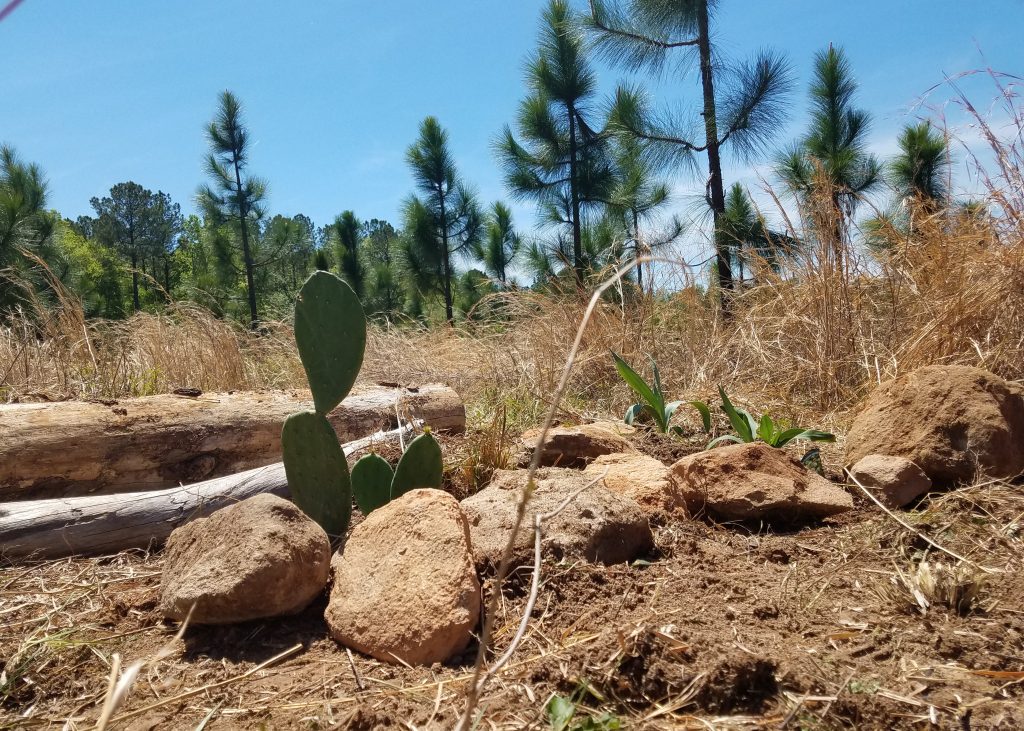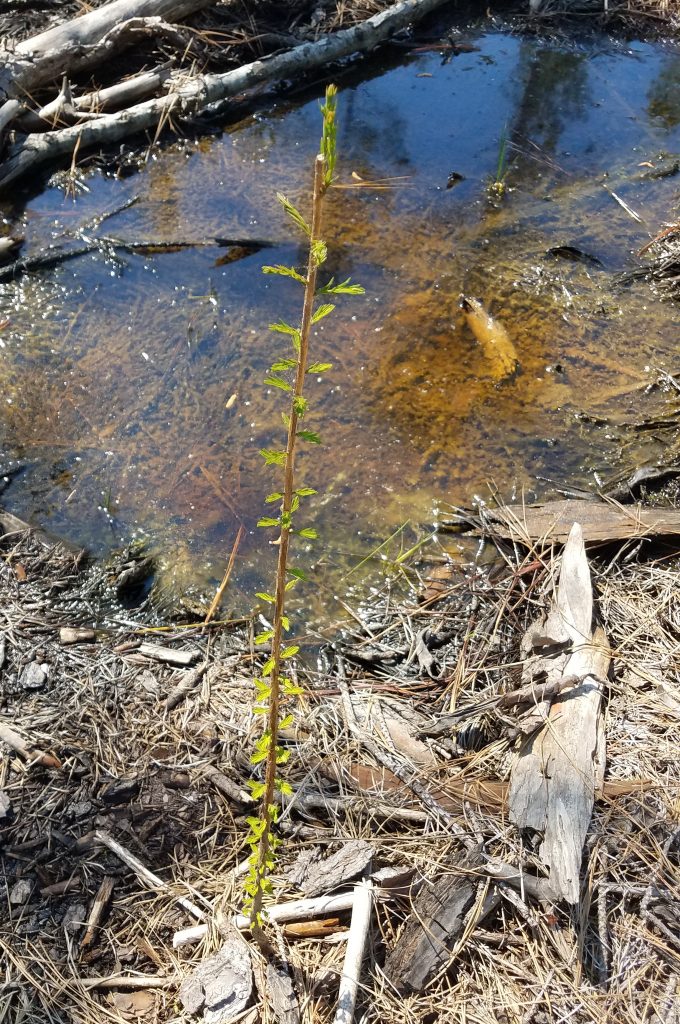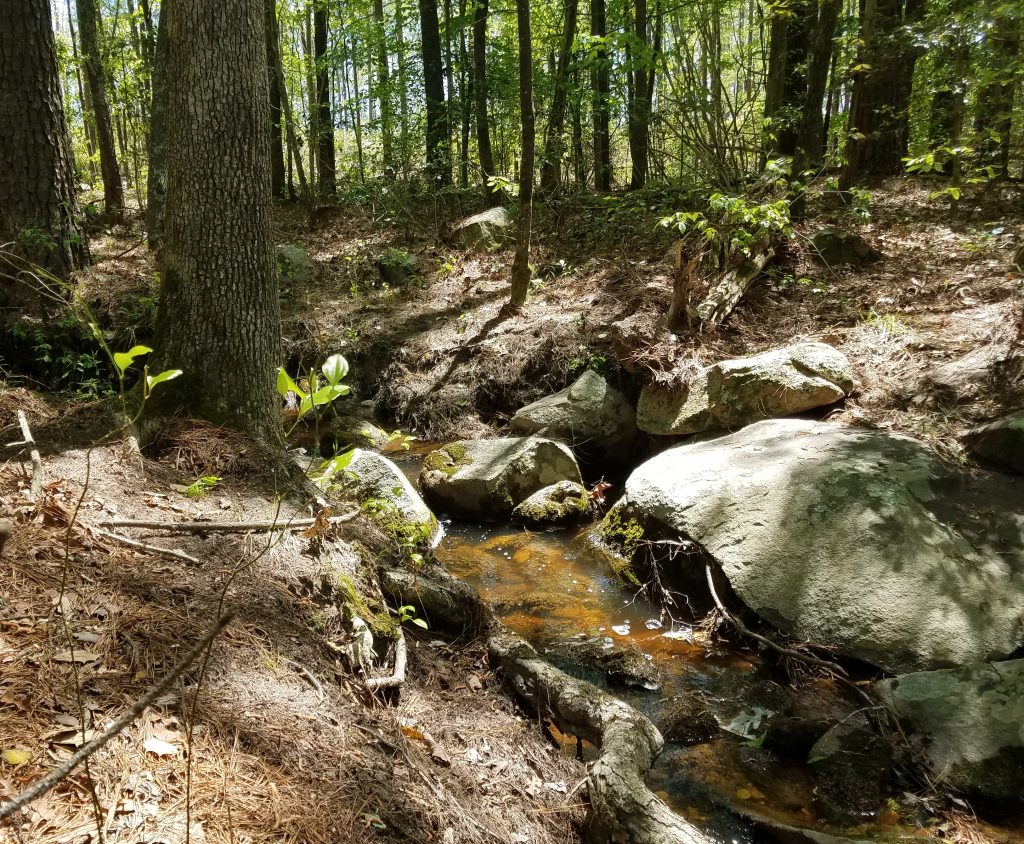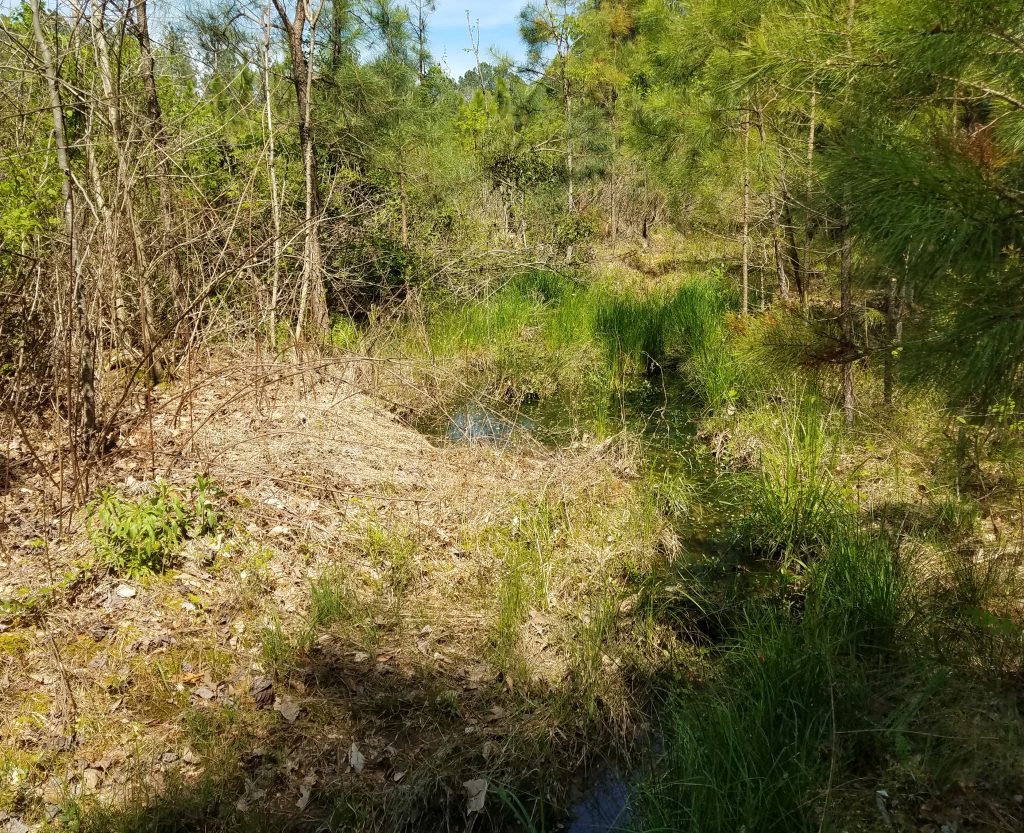
When you think cactus, you rarely think Virginia, but the prickly pear is native to southeastern piney forests and part of the longleaf ecology. Trees are more than wood and forests are more than trees is well illustrated by a longleaf forest, since much of its diversity rests on the plants on the ground.
I long wanted a prickly pear addition to my longleaf, but they are harder to find than you would guess. The ones you find usually are desert varieties, meant as house plants here, that do not do well in Virginia’s climate.
Chrissy found one for me, along with another interesting native plant, the rattlesnake master. It almost sound like a couple of comic book heroes, “Prickly Pear and the Rattlesnake Master.”
Anyway, I planted them today. This is more like gardening than forestry, but I hope they spread.
When Mike Raney, Scott Powell and others in the hunt club notice, don’t be surprised at the cactus in Virginia.
My first picture is prickly pear and the rattlesnake master. Next is one of the bald cypress I planted a couple months ago. I planted 200. The criteria was that if my feet were dry, I planted longleaf, but if my feet were wet, I went with bald cypress.
Speaking of wet, the next picture is a “vernal pond,” AKA a persistent mud puddle. Vernal ponds are very important for amphibian reproduction. The water must persist long enough for the amphibian life cycle but not long enough that it becomes permanent enough to have fish that eat the amphibian eggs or tadpoles.
Penultimate picture is part of the stream management zone. I took my folding chair down there and had a beer today, between hard work, of course.
Last is a downed longleaf. I have had a problem with them just falling down. Not all, or even a big number, but enough that I notice. The loblolly do not do that on the same piece of ground. Anybody have explanations?




